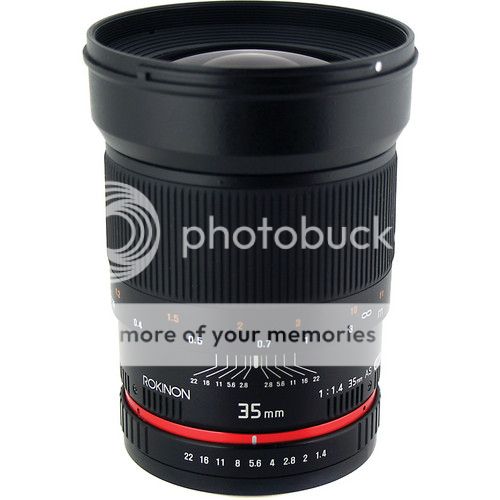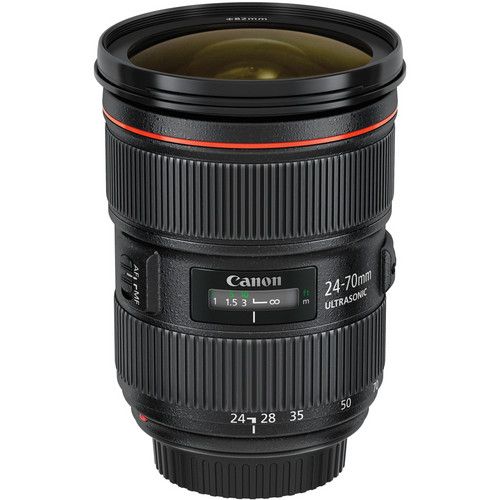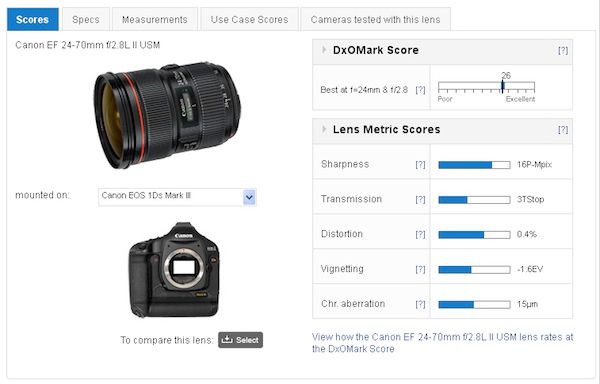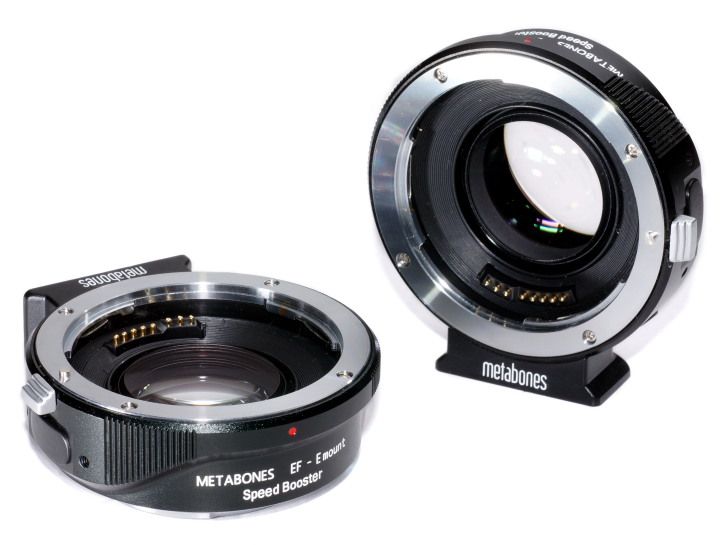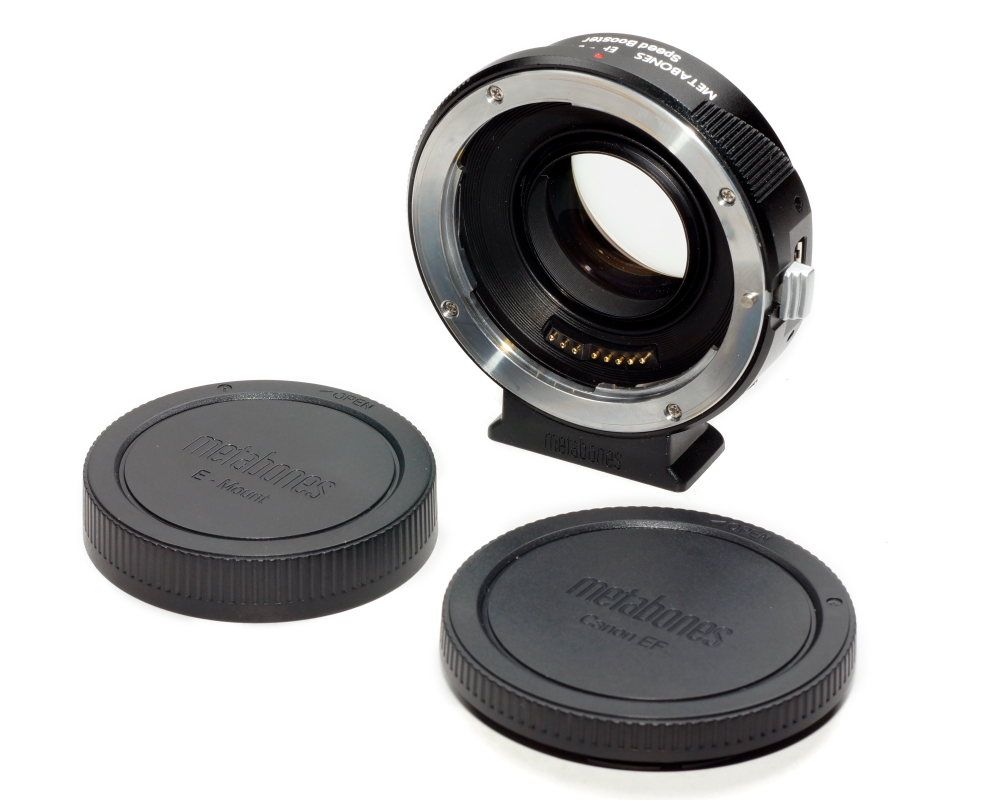Canon EOS 6D Reviews Round-Up (The 6D Is Hot!)
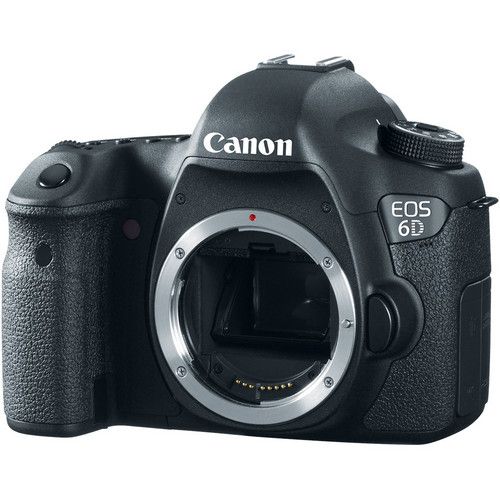
A Canon EOS 6D reviews round-up. The full-frame EOS 6D is selling very good around the globe, check its prices at the following shops: B&H Photo, Adorama, Amazon USA, Amazon Canada, Canon Canada, Canon USA. If you are located in the US, then B&H has a cool EOS 6D deal going on: the 6D body with a Lowepro – Adventura 170 Shoulder Bag and a Lexar – 16GB SDHC Memory Card Professional Class 10 UHS-I memory card for $1899 (click here, price shows up after having added the item to the cart). Or take the EOS 6D plus the EF 24-105mm f/4.0L and the memory card for $2499 (click here). This deals are part of the rebate programs that expire on Saturday, 2/2/2013.
Let's start with the core specifications of the EOS 6D:
- 20.2MP Full-Frame CMOS Sensor
- 3.0″ Clear View High Resolution LCD
- DIGIC 5+ Image Processor
- Built-In Wi-Fi and GPS Connectivity
- Full HD 1080p with Manual Controls
- 11-Point AF with Center Cross-Type Point
- 63-Zone Dual Layer Metering Sensor
- Extended ISO Range of 50-102400
- Up to 4.5 Full Resolution FPS
- Built-In HDR and Multiple Exposure Modes
The EOS 6D is a hot piece of gear, says The Online Photographer. By taking inspiration from the car market, and using the Corvette as example, they conclude that the high price of the Canon EOS 5D Mark III (price & specs) leads people to get a 6D:
The theory is that the high price of the 5D Mark III is driving peoples' interest into the waiting arms of the 6D. The 6D has a lot of the higher model's goodness, for such a big price cut that it tips the balance of most peoples' interest from the high-horsepower body to the more “sensible” model.
Makes sense, imho. And the following ISO comparison by RiceHigh between the EOS 6D and the EOS 5D Mark III also makes sense, since we know that the 6D sensor performs better as long as noise is concerned. They tested ISO 100 to 12800 (all pictures here), using the following setting
1. Camera mounted on a sturdy tripod (a giant Gitzo) and shutter was triggered via the original Canon remote cable switch;
2. Picture Style was reset to Standard, with all parameters all left at factory defaults. Other image settings such as Auto Light Optimizer and High ISO NR etc. were reset to their factory default values. Large Fine JPEGs were produced directly out of both cameras;3. One-shot AF with 50/1.2L with Central AF point selected;4. For ISO 100 to ISO 1600, the lens aperture was set at f/8, whilst from ISO 3200 to 12800, the lens was set to f/16 – This was particularly required with the 6D for its low maximum shutter speed of only 1/4000s;

It is always good to know how to use a camera and how its settings work. Canon recently published a set of online video tutorials (source: The Digital Picture). The following topics are covered:
- Basic Overview
- The Auto Options
- Image Quality
- Multiple Exposure Shooting
- In-Camera HDR
- In-Camera RAW and JPEG Processing
- Auto Exposure Bracketing
- Low Light Shooting
- Composition Aids
- Auto Focus System Basics
- Basic Video Operation
- Time Code Operation Basics
Finally, a full review by ephotozine. The review comes with a lot of samples and videos. They “highly recommend” the EOS 6D, writing in the conclusion:
The Canon EOS 6D feels like it's an improvement over the Canon EOS 5D Mark II, and gives most of what you get with the 5D Mark III, but with the addition of GPS and Wi-Fi, as well as the excellent 20.2 megapixel sensor for improved noise performance, but with a fraction of the price of the 5D Mark III, making this an excellent camera for those wanting a full-frame Digital SLR.
Image quality is impressive with excellent colour both in photos and on the rear screen of the camera, and noise performance is excellent. Focus performance is good with 11 point auto focus that works down to -3EV, and as long as you are not using live view it is very quick and reliable.For anyone looking to upgrade from an earlier Canon camera, the Canon EOS 6D delivers some of the latest features such as Wi-Fi, GPS, built in HDR shooting, and reasonably quick continuous shooting at 4.5fps. The camera feels extremely well built, and pleasantly compact and light-weight for a full-frame Digital SLR, making it an enjoyable experience to use.
They also produced the nice video below, a menu walk-through.
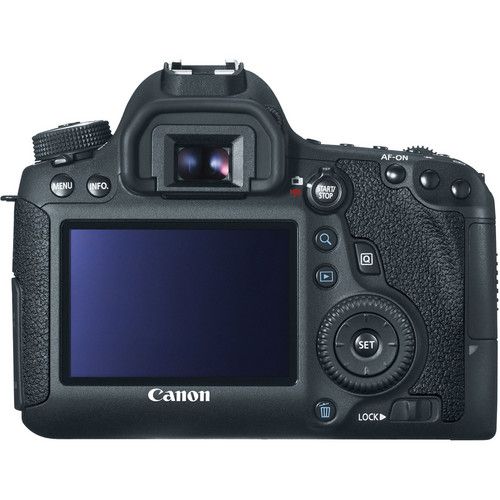
Canon EOS 6D price check: B&H Photo, Adorama, Amazon USA, Amazon Canada, Canon Canada, Canon USA

